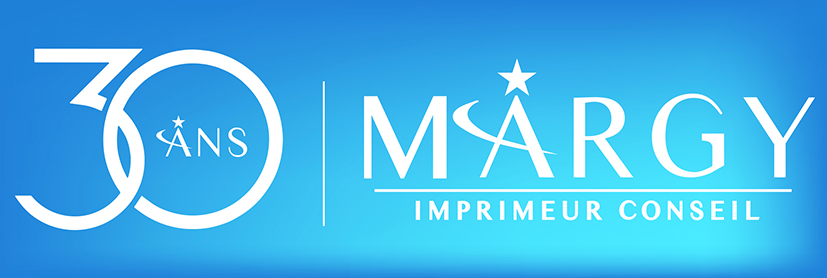For a decade now, paper newspapers have been facing stiff competition from digital media. This applies not only to news papers, but also to special-interest magazines. The advent of social networks and the democratisation of broadband have dealt the industry a further blow. Compared with 2016, for example, French periodicals fell by 2.3% in the first half of 2017, according to IDEP. The ACPM predicted the same drop a year earlier.
However, there is still a glimmer of hope. Paradoxically, print remains the leading source of revenue for French publishers. How can we understand this trend, and what are the prospects for print magazines?
Competition from digital
It’s no secret that print is facing competition from digital media. Quite simply, how many French newspapers don’t offer an edition on their website? A newspaper like Les Echos offers its articles on the internet in a premium version, with 2 articles available for free consultation per month. Many magazines have made the digital transition and developed relevant business models. More generalist editions such as Le Figaro offer freemium access, with free articles and exclusive paid content. This includes the option of receiving a digital copy of the newspaper before publication.
The key business models
The ecological situation has not helped the paper publishing business. Eco-responsible printing means investing in environmentally-friendly paper that costs twice as much as conventional paper. Against this backdrop, a number of publishing companies have opted for a business model based on online advertising or paid content. This is the case with Médiapart, which offers its articles exclusively to paying subscribers. The site does not offer online advertising and was a pioneer in launching this service in France. Rue89.com and Slate.fr have chosen this online advertising model.
The notoriety challenge
Despite the strong appeal of digital publishing, print remains the number one source of revenue for many French publishers. Despite an undeniable decline in print volumes, the paper press remains the preferred medium for certain die-hards. The relationship with paper remains the main motivation for this attachment. Publishers have realised that they need to adapt and move paper publishing towards more premium content. Printers, too, have had to adapt by equipping themselves with new machines. The medium will be more focused on finishing, paper type and even more interactive advertising.
Pure-players attack print publishing
What’s more, readers have more confidence in digital media that have proved their worth in print publishing. As a result, many exclusive digital players are making a U-turn by moving into print. This is already the case with paper catalogues, which offer a number of advantages. While the reputation issue is one of the motivations of certain pure-players, the economic aspect is not to be outdone.
Many observers, such as Udecam, believe that online advertising investment will reach a plateau. Digital publishers are already anticipating this milestone by diversifying their offerings across all media. This is the case of Marmiton.org, which decided to embark on this adventure in 2010. For a long time, the site’s business model was based on CPM, which sometimes proved insufficient to finance an entire structure. This pure-player decided to diversify its offering by moving into print, where advertising inserts are sold at a higher price. This is understandable, given that the most noble brands generally prefer this format.
However, the two formats could coexist. An analysis of Internet users’ online behaviour could enable print publishers to offer more appropriate content.
Read other articles:
 01 44 52 02 02
01 44 52 02 02
